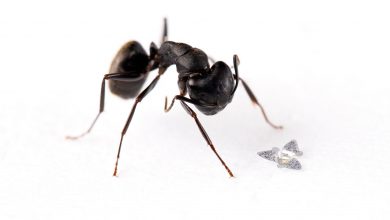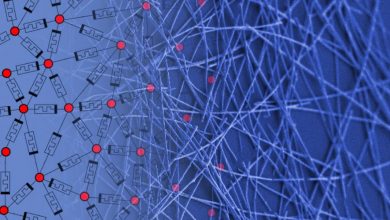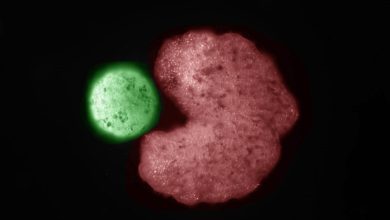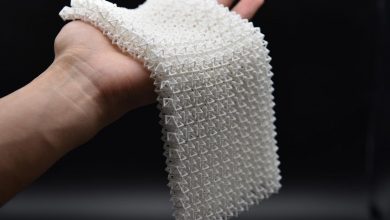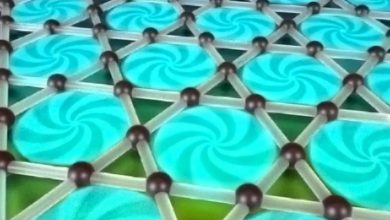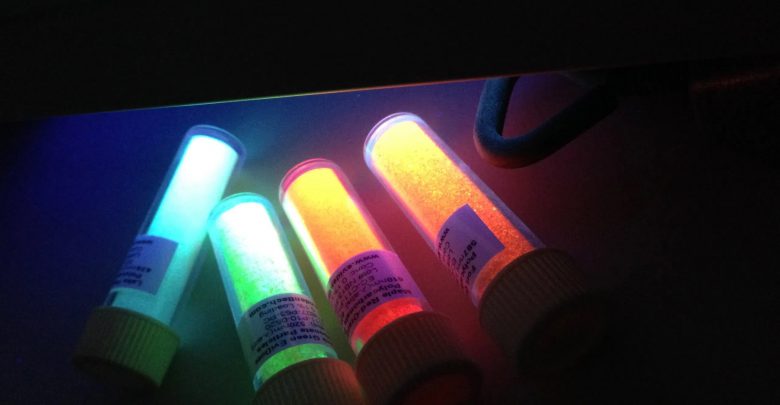
Quantum dots generally refer to specially fabricated nanocrystals that exhibit unique electrical and optical properties due to their inherent quantum properties. Tiny fluorescent semiconductor dots, called quantum dots, are useful in a variety of health and electronic technologies but are made of toxic, expensive metals. Nontoxic and economic carbon-based dots are easy to produce, but they emit less light. A new study that uses ultrafast nanometric imaging found good and bad emitters among populations of carbon dots. This observation suggests that by selecting only super-emitters, carbon nanodots can be purified to replace toxic metal quantum dots in many applications, the researchers said.
Carbon Nanodots: The Future of Quantum Dots
While there have been prior studies on finding non-toxic and more cost-effective alternatives, these proposed quantum dots emit less light when exposed to ultraviolet (UV) light. In the new study, titled “Ultrafast nanometric imaging of energy flow within and between single carbon dots” and published in the National Academy of Sciences’ latest Proceedings, researchers detail how ultrafast nanometric imaging has revealed clusters of good and bad emitters in entire populations of carbon dots. Researchers suggest that by selecting only the good “super-emitters,” they can use carbon nanodots as a better alternative.
The findings, published in the Proceedings of the National Academy of Sciences, brought together researchers from the University of Illinois Urbana-Champaign and the University of Maryland, Baltimore County in a collaborative project through the Beckman Institute for Advanced Science and Technology at Illinois.
“Coming into this study, we did not know if all carbon dots are only mediocre emitters or if some were perfect and others were bad,” said Illinois chemistry professor Martin Gruebele, who led the study. “We knew that if we could show that there are good ones and bad ones, maybe we could eventually find a way to pick the perfect ones out of the mix.”
Determining whether carbon dots are good or bad light emitters starts with being able to see them, Gruebele said. The dots are less than 10 nanometers in diameter and, when excited, decide whether to fluoresce in a matter of in picoseconds — or one-thousandth of one billionth of a second.
Capturing Good Carbon Nanodots in the Flesh
“Using our previously developed single-molecule absorption scanning tunneling microscope, we could only image excited states with no time resolution,” Gruebele explains. He further adds that in their study, they can now record quantum dots still in their excited state by combining two technologies: true nanometer space resolution and femtosecond time resolution.
With these technologies, researchers found out that the energy excitation leads to one of two possible outcomes: either the carbon nanodots emit light themselves or release the received energy as heat before the nanodots light up.
“We found that in bulk populations, approximately 20% of a given population of carbon nanodots are perfect emitters, while about 80% have a very short light emission state before expelling heat,” Gruebele said. “Being able to see that there are different populations tells us that it may be possible to purify carbon dot populations by selecting only the perfect light emitters.”
The ability to pick out the perfect dots could make the concept of efficient carbon-based dots a reality, Gruebele said. “Metal quantum dots are often used to monitor the health of living cells, which is far from ideal, and having a nontoxic, economical option would be a significant advancement.”
The new imaging technology also allows the researchers to observe why some dots never light up, hinting that there is hope that researchers can someday synthesize perfect light-emitting carbon dots.
“We now know that we have an instrument that identifies the problem,” Gruebele said. “Whether we use it to purify groups of carbon dots or to help synthesize perfect light-emitting carbon dots is now just a question of where we want to head next.”
Existing metal quantum dots are used in the field of science and medicine as a precise way of checking the health of living cells. Having a safe, non-toxic, and cost-effective option will be a great advancement in the field.

